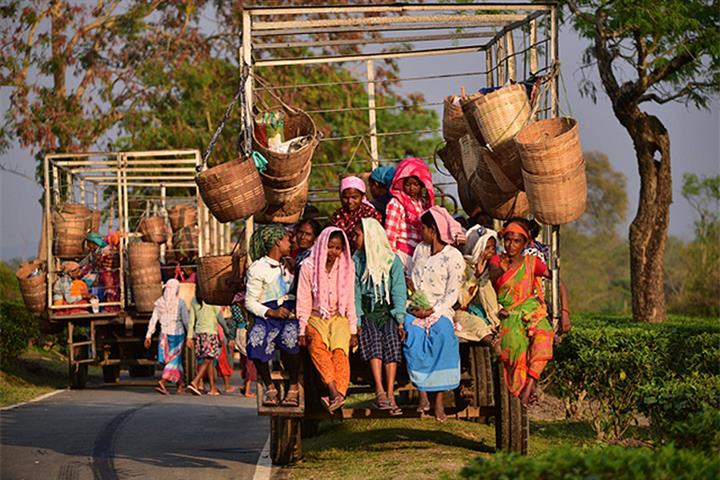 Will India Overtake China as World’s Most Populous Country? India’s Data Isn’t Clear
Will India Overtake China as World’s Most Populous Country? India’s Data Isn’t Clear(Yicai Global) April 20 -- With the population of both China and India hovering around 1.42 billion, according to different calculation methods, there have been reports suggesting that India has surpassed China as the world’s most populous country.
But when will India actually overtake China? That remains a mystery because the Indian government does not have the latest statistics.
In a report released last year, the United Nations predicted that India’s population would exceed that of China by mid-April this year, with experts setting the date as April 14, based on data and models provided by the UN.
Still, according to a report released by the United Nations Population Fund yesterday, India’s population will exceed China’s by 2.9 million by the middle of this year, reaching 1.4286 billion, and so becoming the world’s most populated country.
But UN officials said it was impossible to determine a specific date because of “uncertainty” in India’s population data.
India should have conducted a once-a-decade census in 2021, but due to various factors, including the pandemic, it has not yet started. According to the schedule, the government will not have the country’s most up-to-date population figures until 2024 at the earliest. Third parties can only infer and estimate from some sample data.
The actual population gap between China and India is already very small, and based on the population development trend it is “only a matter of time” before India’s population tops China’s, Huang Yinghong, a professor at India’s Jindal Global University, told Yicai Global.
Based on different statistical methods and statistical gauges, the specific timing will be different, he noted.
Population Dividend
China and India have been populous countries since ancient times. According to economic historians, the Chinese population has exceeded India’s since the 18th century, maintaining its title as the world’s most populated country for many years. But history will be made this year.
Higher fertility rates and significantly higher life expectancy have contributed to India’s population growth. Last year, the average age of Indians was 28.7 years, of which the proportion of the population aged 15 to 64 years accounted for about 63.6 percent.
India is confident that with its young population, it can have an advantage in the global labor market. Shruti Rajagopalan, senior researcher at George Mason University in Virginia, said India “will become the world’s largest talent pool.”
“The reason why India’s population surpassing China’s is a hot topic is that in 2022, the Chinese population experienced negative growth for the first time, and the birth rate has fallen as aging has increased,” Liu Zongyi, secretary general of the Research Center for China-South Asia Cooperation, Shanghai Institutes for International Studies, told Yicai Global.
India will benefit from the adjustment of the current global industrial and supply chains. Whether India can take advantage of the demographic dividend to accelerate its economic transformation and development is what the rest of the world will be looking at, Liu added.
Editor: Peter Thomas